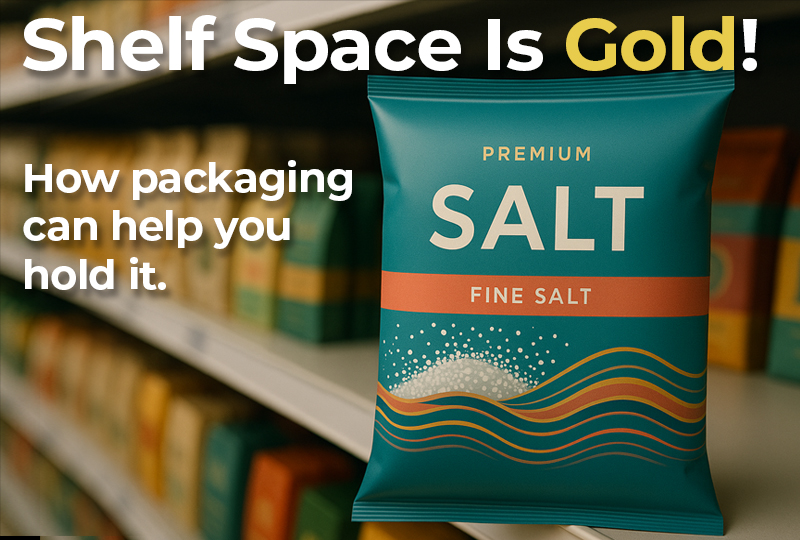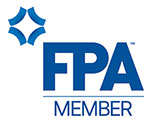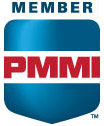Is Salt Packaging Quietly Shaping Who Wins (and Who Doesn’t)?

If you’re in the salt business, you’ve probably felt it, the market is shifting. Maybe it’s subtle, like a new competitor showing up on your retailer’s shelf with sleeker packaging. Or maybe it’s more obvious: consumer expectations are climbing, retailers getting pickier, and once-reliable packaging formats no longer getting the same traction.
The truth is, salt isn’t as “simple” as it once seemed. The global salt market is projected to grow from $36.7 billion in 2024 to over $60 billion by 2034, reflecting a steady 5.1% CAGR. North America remains a key contributor, with the regional market expected to expand from $5.78 billion to $9.51 billion over the same period. Even in the U.S., a modest 2% annual growth hints at steady momentum. (FortuneBusinessInsight,2024).
So what’s driving all this? It’s the rise of premium salts like Himalayan pink and fleur de sel, no longer niche products but mainstream favorites. Along with that comes shifting consumer demands: buyers want packaging that not only protects and preserves the product but also looks premium, is easy to handle, and meets growing sustainability expectations. Retailers, too, want packaging that optimizes shelf space and speeds up stocking.
If you’ve been wondering whether your current packaging setup is still working for you, or maybe even working against you, you’re not alone. Let’s explore what’s really changing, and how packaging might be playing a bigger role than most of us give it credit for.
Packaging Isn’t Just a Wrapper Anymore; It’s a Conversation Starter
Think about the last time you chose a salt brand. Was it the price? The brand you always buy? Or did something about the packaging catch your eye, maybe a clear window showing the crystals, or a sleek bag that fits neatly on your shelf?
Packaging today isn’t just about protecting the salt inside. It’s one of the first ways your product speaks to consumers before they even pick it up. And 72% of consumers say packaging design influences what they buy.
Consumers want to see what they’re getting, but they also want packaging that keeps the salt fresh, is easy to use, and looks good on their kitchen shelves. Formats like pillow bags with side gussets and Euro holes tick those boxes, offering a tidy fit for retailers and a premium look for shoppers.
If your packaging feels clunky or old-fashioned, it might be silently costing you attention and shelf space. Retailers only have so much room, and they tend to give prime spots to products that show well and sell fast.
Shelf Space Is Gold, How Packaging Can Help You Hold It
Retail shelf space is like real estate, limited, valuable, and fiercely competitive. The better your packaging fits and displays, the better your chances of securing and keeping a good spot.
Salt is a heavy product and needs sturdy packaging that can resist moisture and damage. That’s why pillow bags are a smart choice; they allow for neat stacking and maximize shelf presence. Plus, features like Euro holes make it easier for retailers to hang or merchandise your product in different ways.
If your packaging doesn’t meet these practical needs, it’s easy to get overlooked, no matter how great the salt inside is. This isn’t just about looks, it’s about making your product a natural pick for both consumers and retailers.
Packaging Can Also Lighten Your Operational Load
We often think of packaging as a marketing tool, but it plays a big role behind the scenes too. Efficient packaging can reduce waste, simplify handling, and lower shipping costs.
For example, switching to flexible pillow bags can cut down on the materials you use compared to rigid containers or boxes. That means less packaging waste and lower transportation expenses because flexible bags take up less space on pallets and trucks.
Packaging machines designed for these formats often feature smart technologies, such as servo motor controls and modular components. These help reduce downtime, speed up changeovers, and keep your production running smoothly.
Small changes here can add up to significant savings and fewer headaches.
Sustainability Isn’t Just Buzz, It’s Becoming the Norm
If you’ve been wondering whether sustainable packaging is really a must or just a trend, the answer is leaning firmly toward must.
According to a survey from McKinsey, roughly 50% of consumers are willing to pay more for products with sustainable packaging. Salt producers can’t ignore this shift, whether it’s to meet consumer expectations or retailer mandates.
Modern pillow bags made from recyclable materials and designed to minimize product waste (think nitrogen flushing or degassing valves) help reduce the environmental footprint. That’s something your customers will notice and increasingly expect.
Ignoring sustainability isn’t just a missed opportunity; it could mean losing relevance in a market that’s moving fast.
Finding the Right Packaging Balance for Medium Volume Producers
If you’re a salt producer, choosing the right packaging solution can feel like walking a tightrope. You need something robust and precise, but also easy to use and maintain.
The Vertobagger Hornet XL strikes that balance. It’s engineered for medium-volume production and can produce pillow bags up to 18″ wide and 30″ long, including side gusset pillow bags and pillow bags with Euroholes. With servo-controlled horizontal sealing jaws and servo-driven pulling belts, it delivers smooth, precise operation.
For added flexibility, the Hornet XL supports a range of optional equipment like volumetric cup fillers, piston fillers, auger fillers, and lot/date code printers, all designed to integrate seamlessly without adding complexity.
The Hornet XL’s simple, clean, and robust design ensures your product looks great on the shelf, stays fresh in the bag, and keeps your packaging line running efficiently.
Waiting Too Long to Upgrade Your Packaging? Here’s What You Might Be Missing
It’s tempting to put off packaging changes, after all, if the current setup works, why fix what isn’t broken?
But the market is evolving, and that “works” might be costing you more than you realize. Competitors who adopt smarter, more sustainable packaging grab better shelf space and appeal to modern consumers more effectively.
Retailers are also becoming more discerning, and outdated packaging risks being relegated to secondary spots or even delisted.
So while upgrading packaging may feel like a big step, it’s often a key move for protecting your brand’s visibility, keeping up with demand, and optimizing costs.
Wrapping It Up: Why Packaging Deserves a Closer Look
The salt market is changing. Premium segments are growing, consumer preferences are evolving, and retailers are demanding more.
Packaging isn’t just a container anymore. It’s a strategic asset that affects how your product sells, how efficiently you produce, and how your brand is perceived.
For salt producers, solutions like pillow bags and smart packaging machines offer a practical way to stay competitive, combining freshness, shelf appeal, operational ease, and sustainability.
So, if you’ve been on the fence about your packaging, maybe it’s time for a fresh look. In today’s market, how you package your salt might be just as important as what’s inside.

